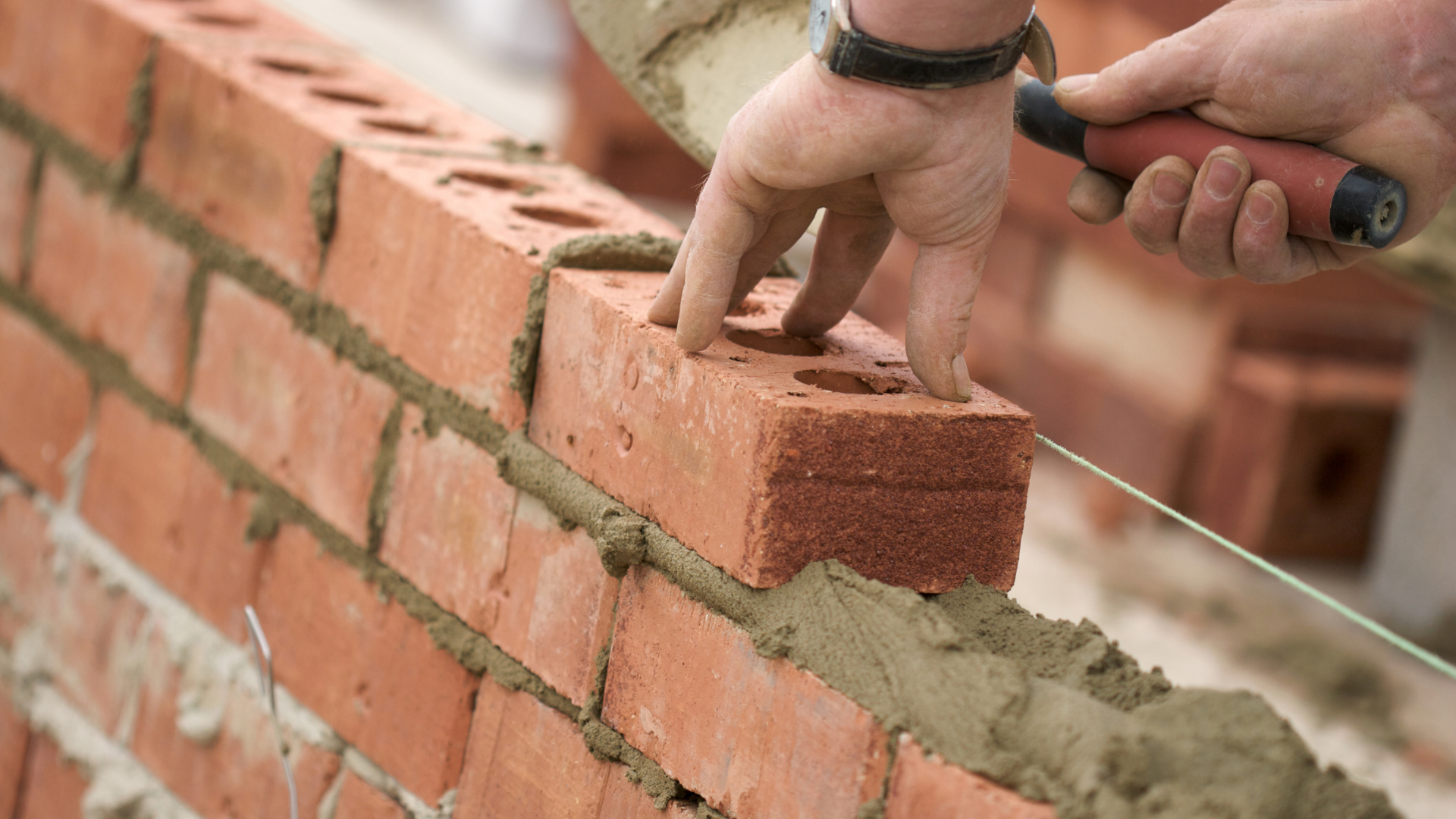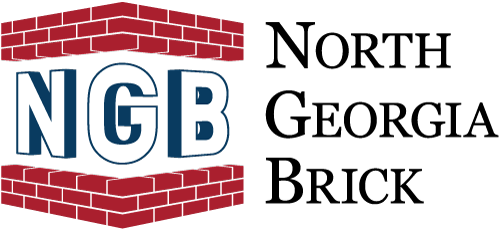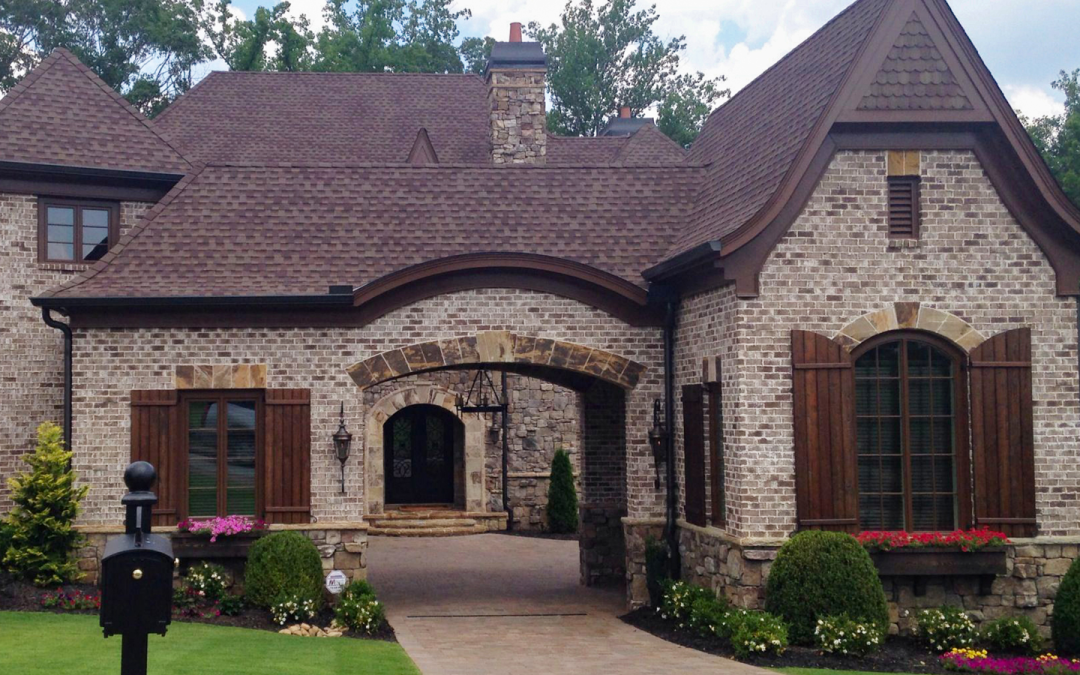Bricks are one of the most enduring and versatile building materials around, with a history stretching back thousands of years. Whether you’re curious about their ancient origins, the evolution of their shapes and sizes, or how they’ve been tested and classified over time, you’ll find it all here. From the earliest sun-dried mud bricks to modern innovations, we’ll explore everything you ever wanted to know about bricks but were afraid to ask. Join us as we delve into their varied materials, bonding techniques, and the latest advancements in brick technology!
History and Evolution of Brick
According to the Brick Architecture website, bricks have been a go-to building material for thousands of years, starting around 7000 BC in southern Turkey near Jericho. The earliest bricks were sun-dried mud, perfect for warm climates. Things changed around 3500 BC with the invention of fired bricks, which could be made without relying on the sun, making them ideal for cooler areas. Ancient Egyptians mixed clay with straw for their bricks, a method depicted in tomb paintings in Thebes. The Romans took brickmaking to the next level with mobile kilns and specific clay types, using bricks for everything from walls to aqueducts across their empire. When the Roman Empire fell, brickmaking almost disappeared but survived in Italy and the Byzantine Empire, eventually spreading to France and Northern Germany in the medieval period. During the Renaissance and Baroque eras, brickwork was often plastered over, but it made a comeback in the 18th century. The Industrial Revolution brought significant advancements, making brick production faster and more widespread. Brick structures were built in Virginia as early as 1611, and brickmaking machinery introduced in the 19th century boosted production capacity significantly. Today, bricks are still a popular and versatile building material favored by many top architects.
Sizes and Varieties of Brick
The standard size for bricks in the United States and Canada is typically modular, measuring 3 5/8 inches x 2 1/4 inches x 7 5/8 inches, which works well with typical mortar joints to create a coordinating size. But brick sizes can vary a lot depending on their purpose and manufacturer. For instance, modular bricks used in general construction are usually 3 5/8 x 2 1/4 x 7 5/8 inches, while utility bricks are larger at 3 5/8 x 3 5/8 x 11 5/8 inches. Norman bricks, which are long and narrow, measure 2 1/4 x 3 5/8 x 11 5/8 inches. The size of a brick matters because it affects the overall strength, appearance, and efficiency of the building process. Whether for structural support, aesthetic design, or construction efficiency, there’s a brick size to meet every need.

Shapes and Uses of Bricks
Transitioning from size to shape, the design of bricks significantly influences both the structural integrity and visual appeal of buildings in the United States. Bricks come in various shapes tailored to enhance specific architectural aesthetics and functional needs. For example, bull-nose bricks with rounded edges add a decorative touch and improve safety and durability. Cant bricks, featuring diagonally cut corners, ensure smooth transitions at angled intersections, ensuring architectural consistency. Soldier bricks create distinct vertical edges contributing to a structured and uniform appearance on facades. Meanwhile, coping bricks cap walls and parapets with a protruding edge, adding a refined finish to architectural features. All these diverse shapes cater to different design requirements, blending functionality with aesthetic versatility.
Testing and Standards
Testing brick, mortar, and grout is crucial before and during the construction of engineered brick buildings. These tests, which adhere to specific standards set by ASTM International (formerly the American Society for Testing and Materials), such as ASTM C 67 for bricks, ASTM C 270 for mortar, and ASTM C 476 for grout, ensure that the materials meet rigorous quality benchmarks. Engineers or architects determine the necessary extent of testing, which may range from basic laboratory assessments of brick properties to thorough field and lab examinations. These evaluations guarantee that the materials are durable and dependable, which ensures that construction meets high-quality standards and performs reliably over time.
Types of Brick Materials
In contemporary US construction, the choice of brick material is crucial for aesthetics and durability. Standard burnt clay bricks are famous for their versatility and cost-effectiveness, ranging from softer mud bricks that add a traditional charm to more durable sandlime bricks known for their smooth, uniform appearance. Engineering bricks’ strength and moisture resistance are ideal for heavy-duty applications. Concrete bricks are durable and come in various colors, allowing for personalized designs in residential and commercial buildings. Lightweight calcium silicate bricks provide thermal efficiency for structures needing excellent insulation, like warehouses. Each type of brick serves specific needs, ensuring that buildings stand strong and meet design requirements across diverse construction projects.
Bonding
Bonding refers to how bricks are laid together to create a strong and visually appealing wall structure. There are several bonding patterns to choose from, each serving a specific purpose in terms of both function and aesthetics. For example, English bond alternates rows of stretchers (bricks laid lengthwise) and headers (bricks laid widthwise), ensuring a robust construction that is often used in traditional and historic buildings for its strength and symmetry. Flemish bond, another typical pattern, also alternates stretchers and headers but places each header centrally over a stretcher, creating a distinctive, textured appearance that enhances the visual appeal. Running bond, where stretchers overlap centrally in each row, offers a modern, linear look suitable for contemporary designs. These bonding patterns ensure the structural integrity of walls and contribute to the overall architectural style and color scheme of residential and commercial buildings.
Innovations in Brick Technology
Innovations in brick technology are constantly evolving to meet today’s construction needs and sustainability goals. In fact, The Brick Awards were created to celebrate architects leading the way in using bricks for innovative and eco-friendly building solutions. Recent winners like Boonserm Premthada from Thailand, known for Elephant World, a brick-based complex that promotes ethical treatment of animals and community sustainability, show how bricks can be creatively used for social and environmental benefits. Architects like Jennifer Beningfield from the UK and Gabriela Carrillo from Mexico also demonstrate how bricks can enhance public projects while integrating sustainable design strategies and technologies. These examples highlight the exciting transformation happening in brick architecture, pushing boundaries and setting new standards for eco-friendly building practices worldwide.
From its enduring durability and timeless charm to its eco-friendly benefits, we have covered everything you’ve ever wanted to know about brick as a building material. Ready to explore further? Schedule a meeting with our brick experts at our showrooms in Cumming, Cartersville, Newnan, or Lovejoy. Let’s help you build your dream project!

